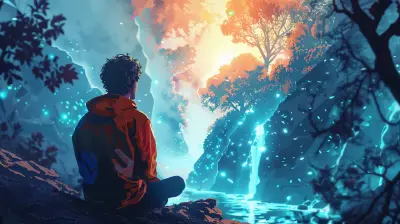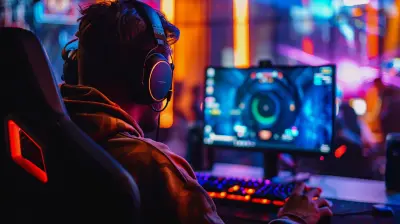What Happens After a Kickstarter Game is Fully Funded?
10 August 2025
So, you’ve been watching a Kickstarter game project build momentum for weeks—maybe even backed it yourself—and then, boom! It hits its funding goal. Everyone’s cheering, backers are excited, and the creators are throwing virtual confetti. But what exactly happens after a Kickstarter game is fully funded?
This is where the real journey begins. Funding is just the start. Behind the scenes, things get fast-paced, complicated, and sometimes a little messy. In this article, we’re diving deep—like spelunking-into-a-dungeon deep—into what developers actually do after hitting that green “Goal Reached” status on Kickstarter.
Let’s break it down step-by-step.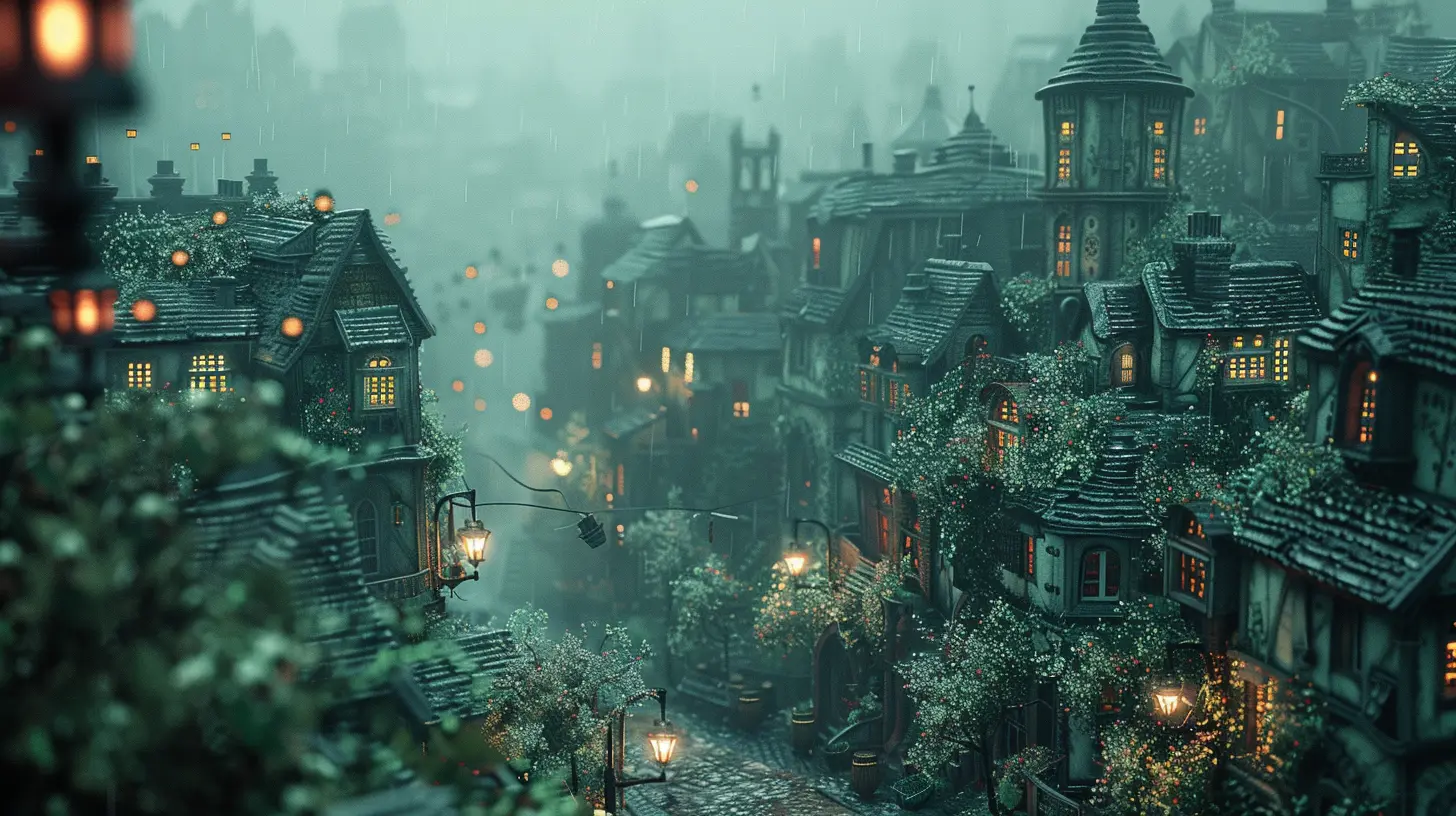
1. The Post-Funding Celebration Phase (Aka “Holy Crap, We Did It!”)
Let’s be real—when a game gets fully funded, it’s party time. The creators, most of whom are often indie developers with small teams, take a moment to celebrate. After all, it’s a big deal. Whether the goal was a modest $10,000 or a massive $1 million, reaching it shows that people believe in the project.But while there might be champagne and victory tweets, this celebration is usually short-lived. Why? Because the clock starts ticking the second the funding period closes.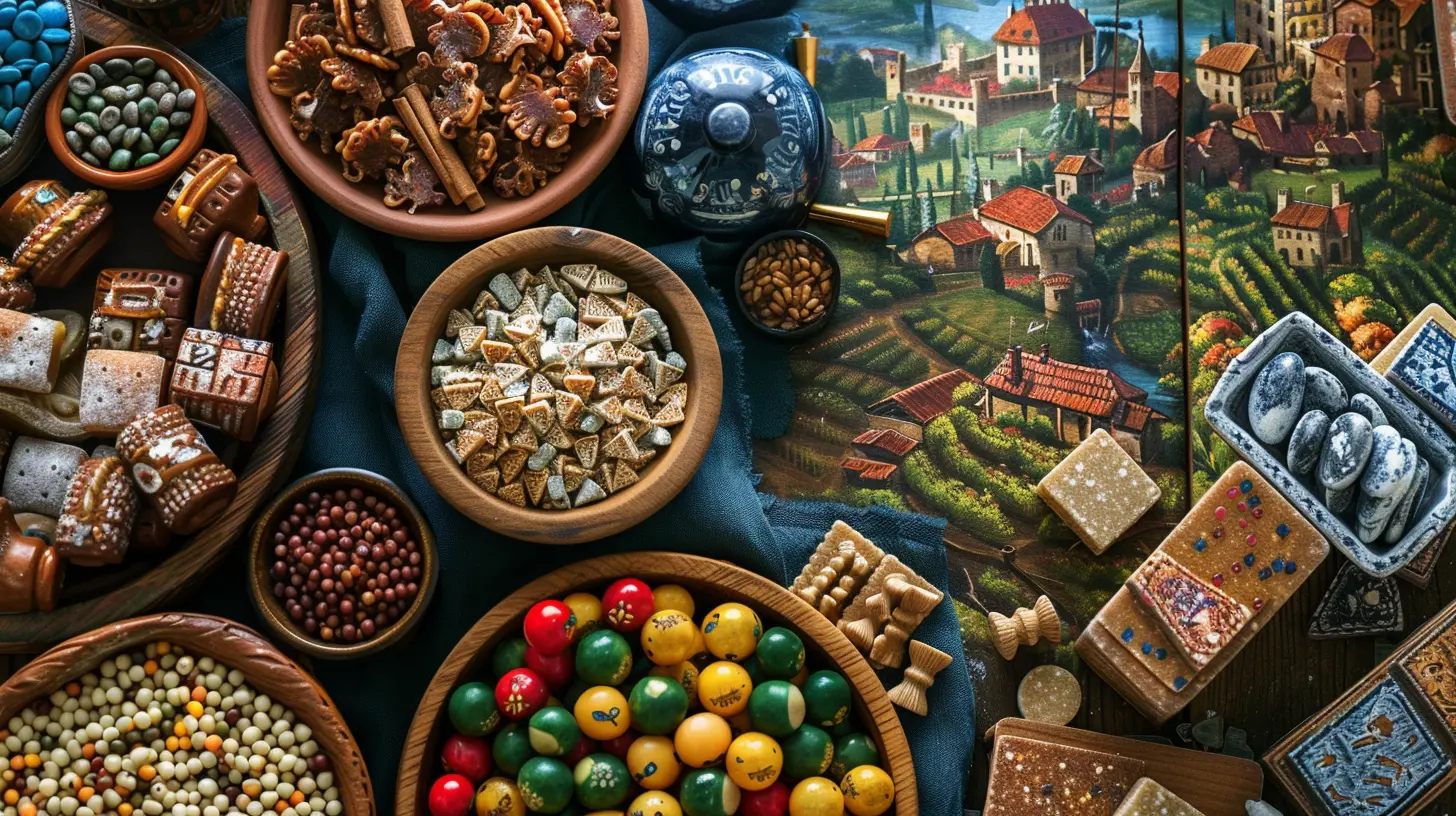
2. Funds Don’t Arrive Immediately
Contrary to what many might think, the money doesn’t magically land in the developer's account the next day.Kickstarter typically takes 2–3 weeks after a campaign ends to process all pledges, collect payments from backers, and handle failed transactions. And yes, there are always a few failed payments—they're like the folks who RSVP for a party and ghost you on the day.
Only after this collection period does the creator finally get the funds, minus Kickstarter's fees (which are about 8-10% of the total). So if a project raised $100,000, the devs are likely receiving closer to $90,000 to work with.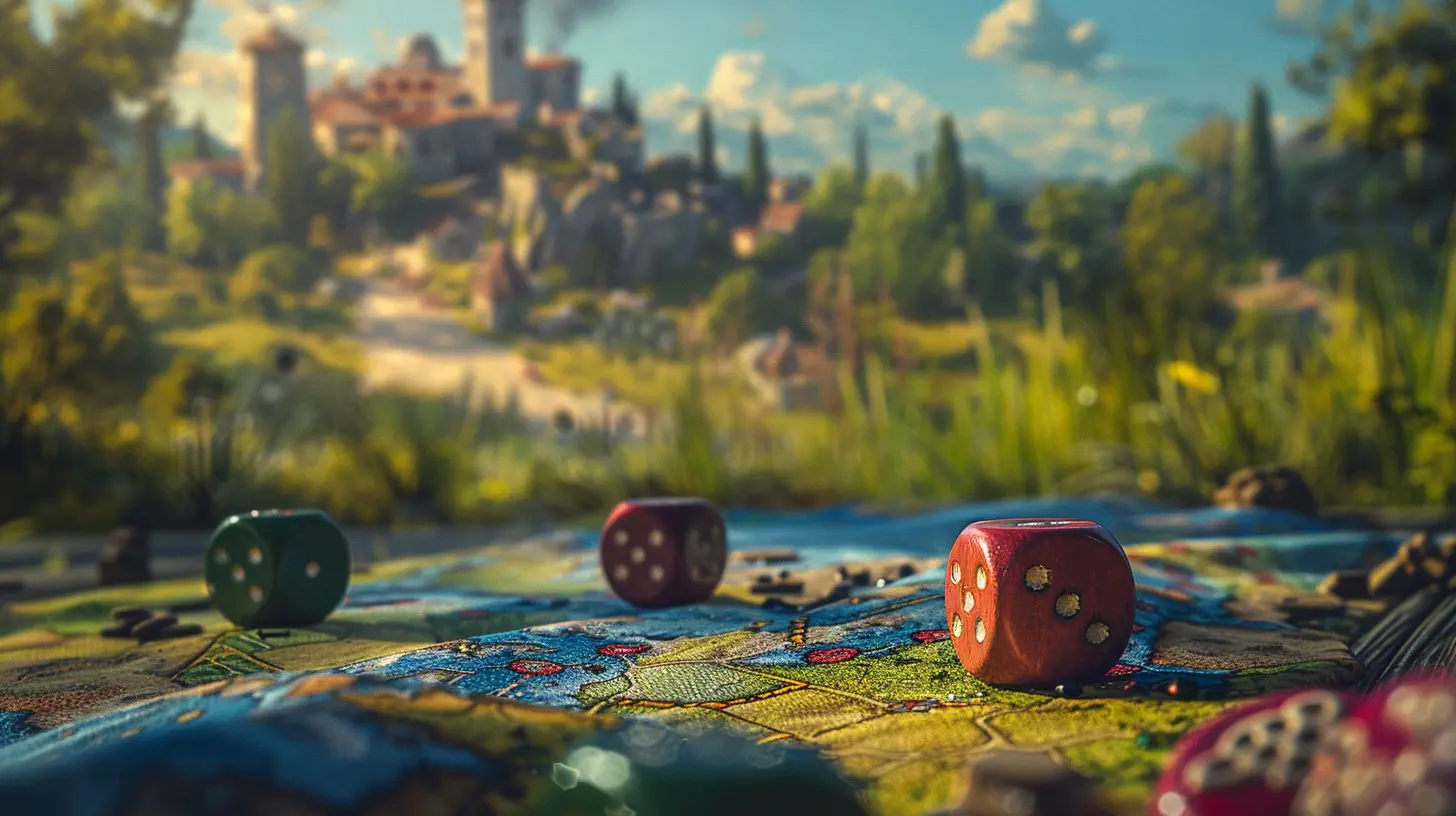
3. The Planning Kickoff
Now that the money's in the bank (minus fees), it’s time for real planning. Most seasoned developers start this phase even before the campaign ends, but now it becomes official.Think of it like going from writing the script to actually shooting the movie.
This stage involves:
- Finalizing the development roadmap (milestones, deadlines, deliverables)
- Allocating budget (art, programming, marketing, hardware, licensing)
- Confirming team roles or expanding the team if needed
- Preparing for communication with backers (we’ll get into this soon)
This is where reality hits. Stretch goals (those extra goodies added when the project surpassed its original target) now have to be delivered too. Those free expansions, console ports, or extra character designs? They're cool, but they add complexity and cost.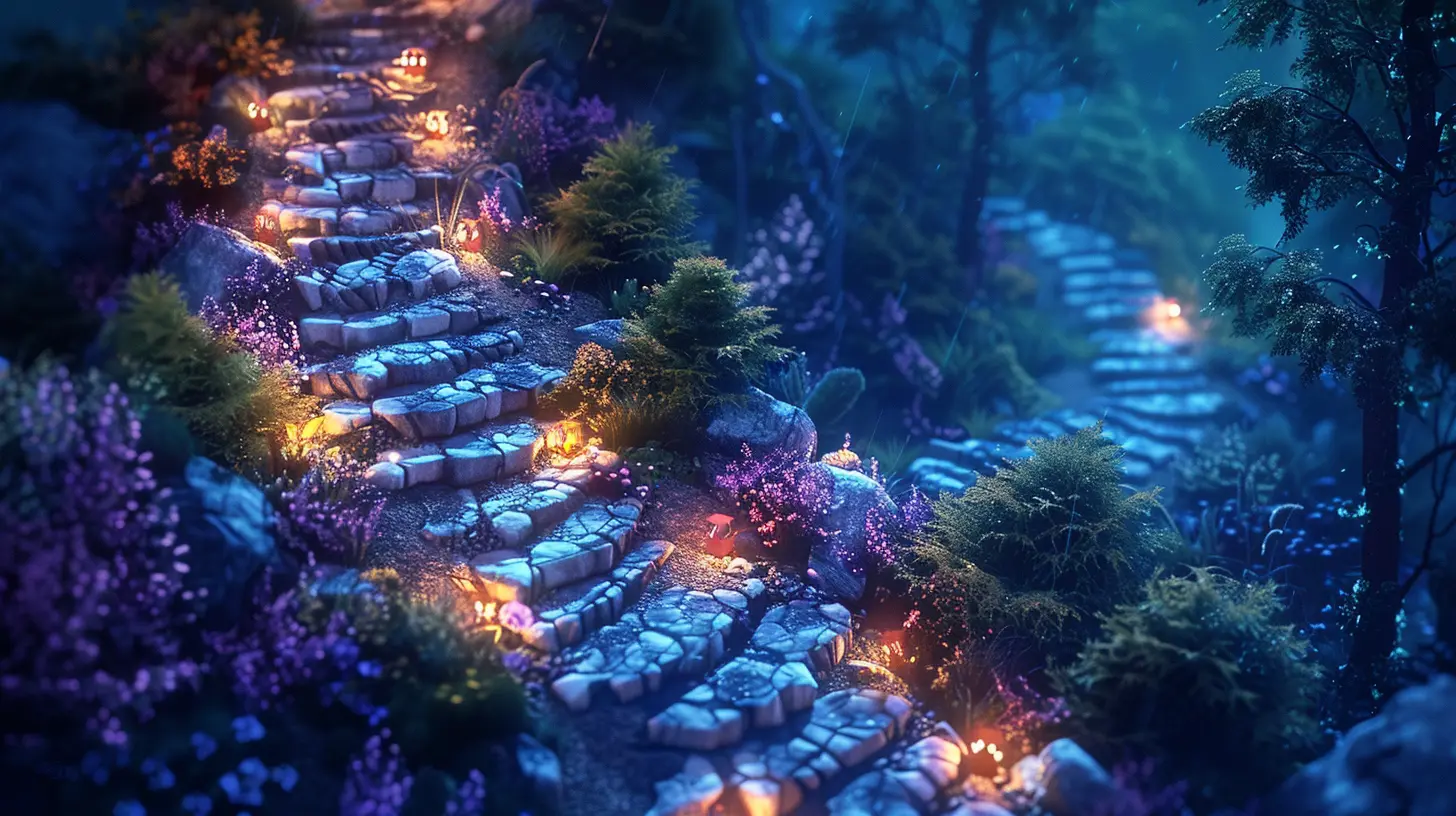
4. Development Actually Begins (Or Resumes)
If the game was already in early development before the Kickstarter—which is often the case—full development resumes or ramps up. The dev team now has the resources to work full-time or hire help.Let’s talk about what this phase often includes:
a. Pre-Production
Even if some of it was ready during the campaign, now it gets polished. This means:- Game design documents get finalized.
- Art style guides are refined.
- Technical pipelines are set up.
Think of this like setting the foundation before building a house. If this is shaky, things go downhill fast.
b. Production
This is the meat of the process. Here’s where:- Programmers start coding core systems.
- Artists create assets like characters, environments, animations.
- Sound designers and composers start producing audio effects and music.
- Writers finalize the game’s story, dialogue, and lore.
Depending on the complexity of the game, this can take months or even years.
Small indie teams often wear multiple hats—one person might be a programmer, QA tester, and community manager all in one. This phase is both thrilling and grueling.
5. Communication With Backers (Transparency Is Key)
Backers didn’t just donate—they invested emotionally in the game. They expect updates. Regular communication is one of the most crucial aspects of keeping trust alive post-funding.Typical backer updates include:
- Monthly development blogs or videos
- Behind-the-scenes art reveals
- Progress reports
- Unexpected delays (yes, delays do happen)
Backers are more understanding when they’re kept in the loop. Silence breeds skepticism. Remember Mighty No. 9? Yeah… let’s not go there.
6. Surveys and Reward Fulfillment Planning
Most Kickstarter games come with reward tiers—digital copies, physical art books, exclusive in-game items, and sometimes even plushies. Now that funding is secured, it's time to organize the delivery of those rewards.First, creators send out surveys via Kickstarter or tools like BackerKit to collect information:
- Shipping addresses
- Preferred platforms (PC, Xbox, PlayStation, etc.)
- T-shirt sizes (yup, merch is a real thing)
Physical goods require manufacturing, storage, and logistics. That’s a whole other beast—and it usually eats up more of the budget than expected.
7. Alpha and Beta Testing
As the game nears completion, the devs roll out testing phases. These may be offered to backers as part of certain reward tiers.- Alpha Testing: Initial testers help identify critical bugs or gameplay imbalance.
- Beta Testing: A more polished version is tested by a wider audience, ironing out final issues.
If you’ve ever played a buggy alpha and thought, “How is this even playable?”—congrats, you just helped make the final game better.
8. Unexpected Challenges (AKA Reality Check)
No development cycle is without hiccups. Even with funding, creators may face:- Technical challenges (engines, compatibility, coding bugs)
- Team burnout
- Personal emergencies
- Scope creep (adding too many features or stretch goals)
- Budget mismanagement
This is where transparency and adaptability are critical. Sometimes, developers have to make hard decisions: cut features, delay the game, or pivot entirely.
Think of it like being on a road trip, and suddenly the highway turns into an unpaved path. You don’t stop—you just find a new route.
9. Final Stretch and Launch Preparation
Crunch time. The finish line is in sight, and the whole team is likely on an all-hands-on-deck routine.Here’s what’s happening now:
- Polishing gameplay mechanics
- Fixing bugs
- Finalizing art and sound
- Creating marketing materials (trailers, screenshots, press kits)
- Setting up distribution on platforms like Steam, Epic Games Store, or consoles
If things go well, launch day arrives with a bang. If not, delays are announced—hopefully with a clear, honest explanation.
10. Launch Day and Beyond
The big day. Years of work come down to this moment. The game hits digital storefronts, social media is buzzing, and backers finally get their hands on what they helped bring to life.But it's not over.
a. Post-Launch Support
Almost every game needs post-launch patches. There will be bugs (even with testing), balancing tweaks, and sometimes quality-of-life improvements.b. Reward Fulfillment
Physical rewards start shipping (if they haven’t already). Backers expect their goodies, and creators need to ensure they deliver on those promises.c. Community Management
Now there’s a growing player base. Questions, feedback, support tickets—it all starts surging. Studios either handle it in-house or hire community managers.d. Updates & Expansions
Many funded games promise additional post-launch content. Whether it’s DLC, expansions, or multiplayer patches, the work doesn’t stop on release day.Final Thoughts: It’s a Marathon, Not a Sprint
So, what happens after a Kickstarter game is fully funded? A whole lot.From receiving the actual funds, ramping up production, managing backers, and handling unexpected curveballs, creating a game post-Kickstarter is a logistical, creative, and emotional odyssey.
Funding is just the first level. The real game starts after. It’s like defeating the tutorial boss and realizing there’s a whole map of monsters, puzzles, and trials waiting.
If you’re a backer—stay patient and engaged. If you’re a developer—communicate often, plan wisely, and remember why you started in the first place.
And hey, when everything clicks, and you see that game pop up on your screen or walk into a store and see it on a shelf? Worth every sleepless night.
all images in this post were generated using AI tools
Category:
Kickstarter GamesAuthor:

Greyson McVeigh
Discussion
rate this article
1 comments
Lacey Franklin
Great article! It's fascinating to learn about the crucial steps that follow a Kickstarter game's funding, from development timelines to fulfilling backer rewards. This insight helps backers understand the process and the team's commitment to delivering a quality product.
September 11, 2025 at 4:43 AM

Greyson McVeigh
Thank you for your kind words! I'm glad you found the insights helpful in understanding the important post-funding steps. Your support means a lot!
